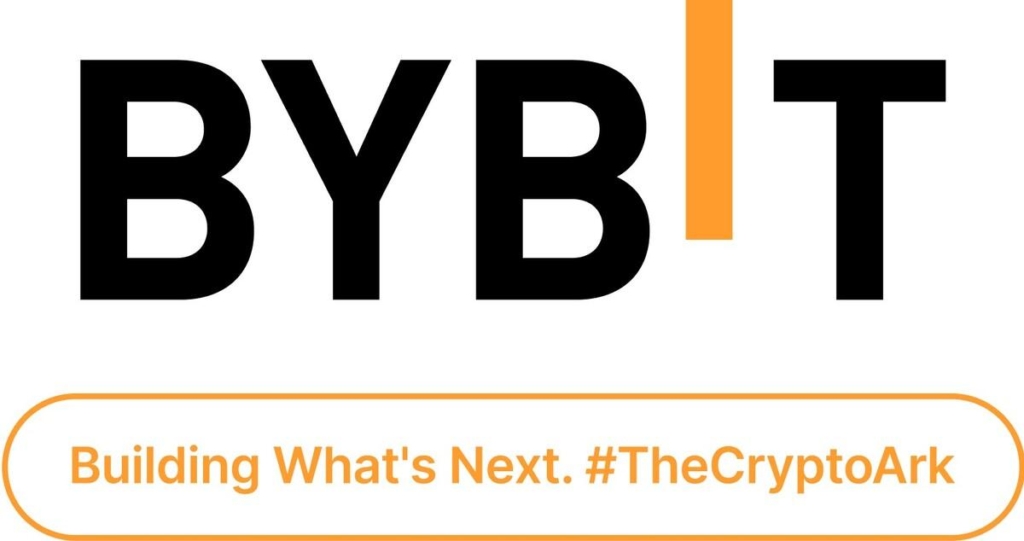VanEck, an asset management business, suggests that Bitcoin miners can enhance their profits by shifting towards artificial intelligence (AI) and high-performance computing (HPC) within the next 13 years.
This transition has the potential to yield an additional $38 billion in income over the following 13 years, with average annual earnings possibly increasing by $13.9 billion. Miners might achieve a substantial increase in profitability and a twofold rise in mining stock values by 2028 by dedicating 20% of their existing energy capacity to AI and HPC operations.
The huge data centers and power resources of Bitcoin miners in the U.S. make them appealing to enterprises in the growing AI industry. By 2027, if miners allocate a portion of their energy towards AI and high-performance computing (HPC), they have the potential to witness a significant surge in revenues, which stands in stark contrast to their existing financial challenges.
VanEck approximates the prospective worth of this AI and high-performance computing shift to be approximately $37.6 billion, over twice the present market value of the 12 Bitcoin mining firms they examined, which is $19.7 billion.
This transformation has the potential to greatly enhance the financial stability of these organizations, a substantial number of which have been struggling with debt and elevated operational expenses.
Bitcoin mining firms that have already incorporated AI and high-performance computing (HPC) into their operations, such as Core Scientific and TeraWulf, are outperforming organizations that do not have these methods in place.
The interdependencies among Bitcoin mining, AI, HPC, and electric grids are becoming increasingly robust. Consequently, Bitcoin miners may witness a twofold increase in their market valuation by 2028, even in the absence of any gain in Bitcoin revenues.



